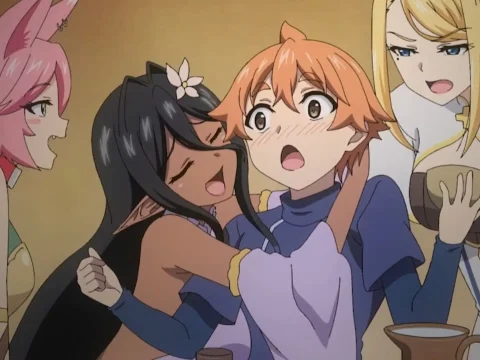
I love the fact that, if I wanted to, I could open this review with a synopsis of Arkanoid‘s story, which beckons us all to “save the seven heroes and recover the lights that power the satellites before it’s too late•bCrLf upon booting up Clear Game mode. We’re talking about a classic game that involves moving a bar back and forth across the bottom of the screen and breaking colored bricks with a bouncing ball. This bit of narrative alone recalls old console titles that would throw a quick picture-book story on even the most sparsely animated of objects.
 As one would imagine, what follows has little to do with the “narrative,•bCrLf and everything to do with reflex-based mechanics that most readers have probably played a version of once or twice in their lives. Arkanoid, Alleyway, Breakout; they all graduated from the same mobile-bar-hits-ball school of gameplay, and Arkanoid DS takes that familiar formula and mixes it with thumping, Tetsuya Mizuguchi-like music and stylus controls that serve as the next best thing to a tiny arcade cabinet (more on that later).
As one would imagine, what follows has little to do with the “narrative,•bCrLf and everything to do with reflex-based mechanics that most readers have probably played a version of once or twice in their lives. Arkanoid, Alleyway, Breakout; they all graduated from the same mobile-bar-hits-ball school of gameplay, and Arkanoid DS takes that familiar formula and mixes it with thumping, Tetsuya Mizuguchi-like music and stylus controls that serve as the next best thing to a tiny arcade cabinet (more on that later).
Clear Game offers up the aforementioned story in between grouped planets of levels, each featuring different patterns and types of blocks to break without destroying the barrier below. Simply dragging the stylus moves the bar across the bottom, and destroyed blocks will randomly drop power-ups that can do things like extend the bar, unleash multiple balls, or turn the ball into a powerful force that eats blocks for breakfast and clears anything in its path. Quest Game is basically Arkanoid with objectives of increasing difficulty, like “Destroy ALL Green Blocks•bCrLf in 60 seconds, and is a nice diversion from the standard untimed levels.
As solid as single player is, though, it’s tough to turn back to the echoes of its lonely halls once the intensity of multiplayer is unleashed. Playing with a friend is simple and convenient thanks to the availability of single-card download play. I’m usually surprised when games don’t require multiple carts, and I wish this wasn’t the case. It would benefit everyone if it were the norm, because it’s not like one of my friends would have purchased Arkanoid just to play a few rounds with me if that was our only option. Thankfully, Taito did it right.
The challenge in this mode isn’t clearing the room itself, but doing so before your buddy. Hiking up the stakes are the those darn power-ups, which can turn you or your opponent’s lead into practically nothing with a dab of luck and  some quick moves. To add to the tension, a small box in the top corner shows how much of the pattern your opponent has left to destroy. Seeing them with a couple of blocks left against your imposing dozen is all that’s needed to light a quick fire under your seat and turn the pressure on full blast.
some quick moves. To add to the tension, a small box in the top corner shows how much of the pattern your opponent has left to destroy. Seeing them with a couple of blocks left against your imposing dozen is all that’s needed to light a quick fire under your seat and turn the pressure on full blast.
Honestly, the only real disappointment with Arkanoid DS is that they opted not to release the paddle controller that’s available in Japan and attaches via the GBA slot. Stylus controls work really well, but the authenticity, accuracy, and nostalgia the paddle provides would definitely boost anyone’s love for the title. It also wouldn’t hurt the wallet too much after taking Arkanoid‘s budget price into account. It’s that, along with everything else mentioned, that makes it a solid pick-up for anyone seeking out old school arcade action with an updated twist and some killer multiplayer.
Publisher: Taito
Developer: Taito
System: Nintendo DS
Available: Now
Rating: E







